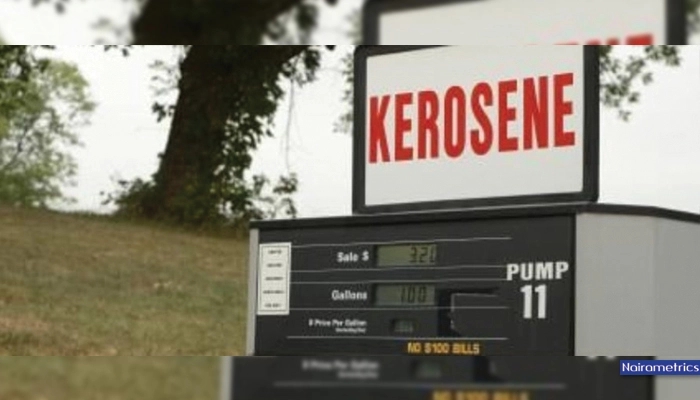The National Bureau of Statistics (NBS) has released data indicating a 5.84% increase in household kerosene prices in December 2023. This uptick raises concerns about the impact on consumers and underscores the ongoing challenges in managing energy costs.
As Infostride News closely monitors these developments, comprehensive coverage will be provided, including insights into the factors contributing to the surge in kerosene prices, potential consequences for households, and the broader implications for energy affordability.
Rising kerosene prices can have a direct impact on households, particularly those that rely on kerosene for cooking and lighting. Understanding the drivers behind the price increase provides valuable information for consumers, policymakers, and stakeholders in the energy sector.

Factors such as changes in global oil prices, supply chain disruptions, and domestic economic conditions can influence the cost of kerosene. Analyzing these factors allows for a more comprehensive assessment of the challenges faced by consumers and the potential measures to mitigate the impact.
The NBS data serves as a crucial indicator for policymakers and businesses in navigating economic dynamics. It also contributes to public discourse on energy affordability, inflationary pressures, and the overall cost of living for households.
Stay tuned for further updates and detailed analyses as Infostride News continues to provide comprehensive coverage of the NBS report on the surge in household kerosene prices, exploring the factors at play and the potential implications for consumers and the energy sector.
Support InfoStride News' Credible Journalism: Only credible journalism can guarantee a fair, accountable and transparent society, including democracy and government. It involves a lot of efforts and money. We need your support. Click here to Donate
